COMMITTMENT ISSUES.
From earlier, I was wondering how I can steer the wearable technology narrative towards a tangible interactions focus and I realised I can revisit the capacitive sensor and further gesture-based sensing. Upholding communication and conversations seems extremely feasible through a wearable and augmented glove, and the notions of ubiquitous computing and portability (thereby allowing interaction with any object of nature) still stand strong.
I decided to just go for it and begin making something without overthinking it too much.
Making a glove!
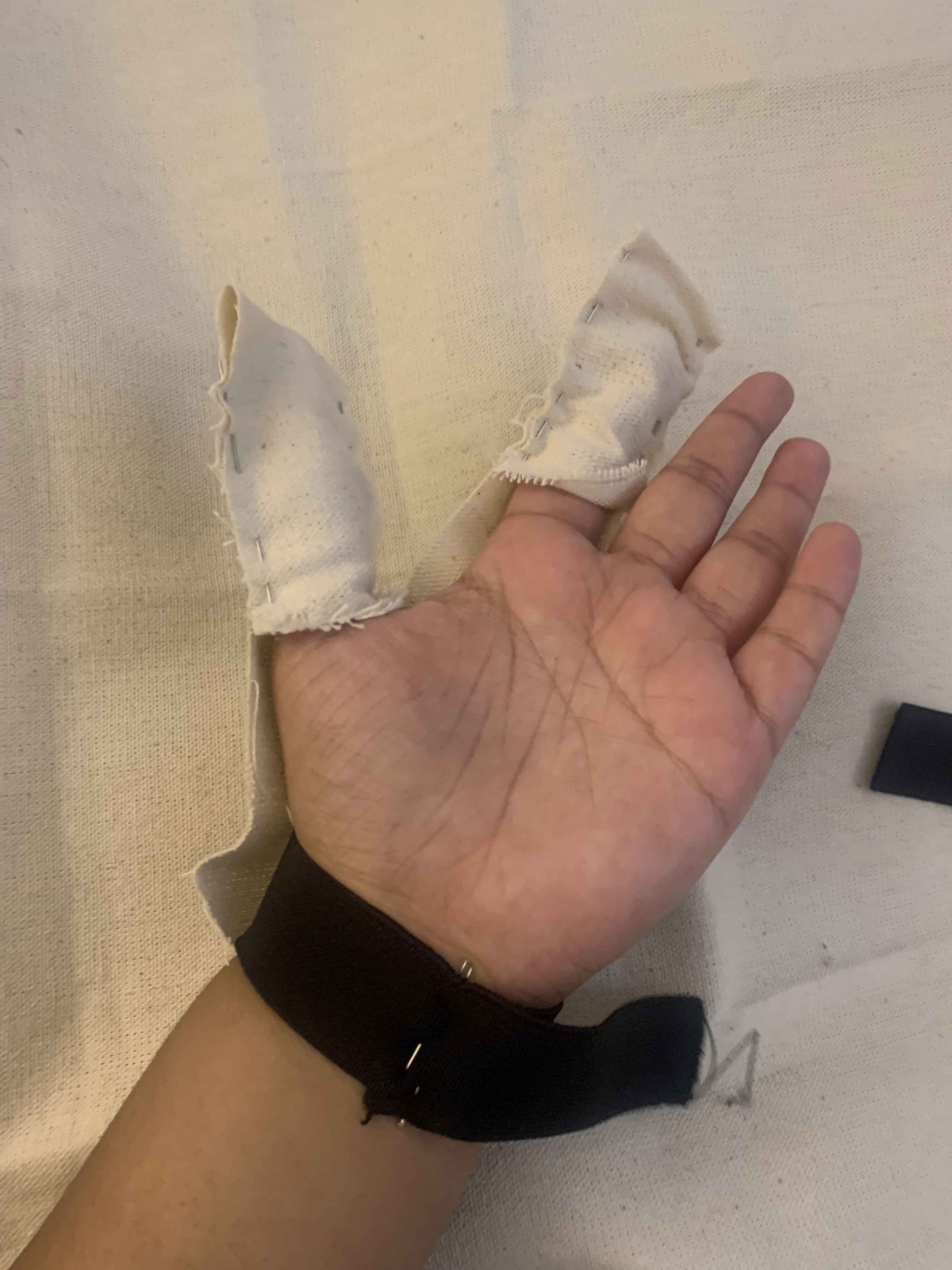
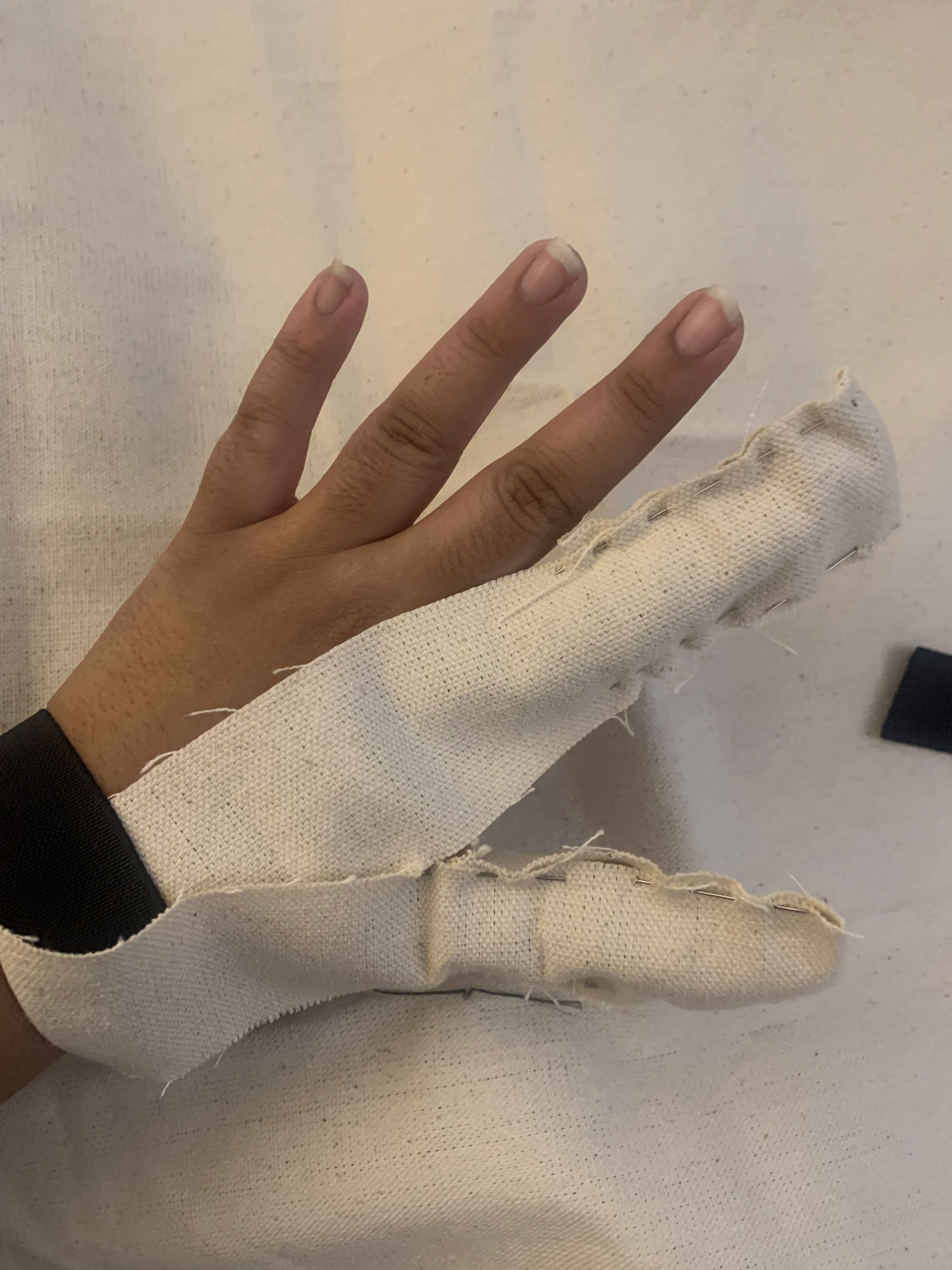
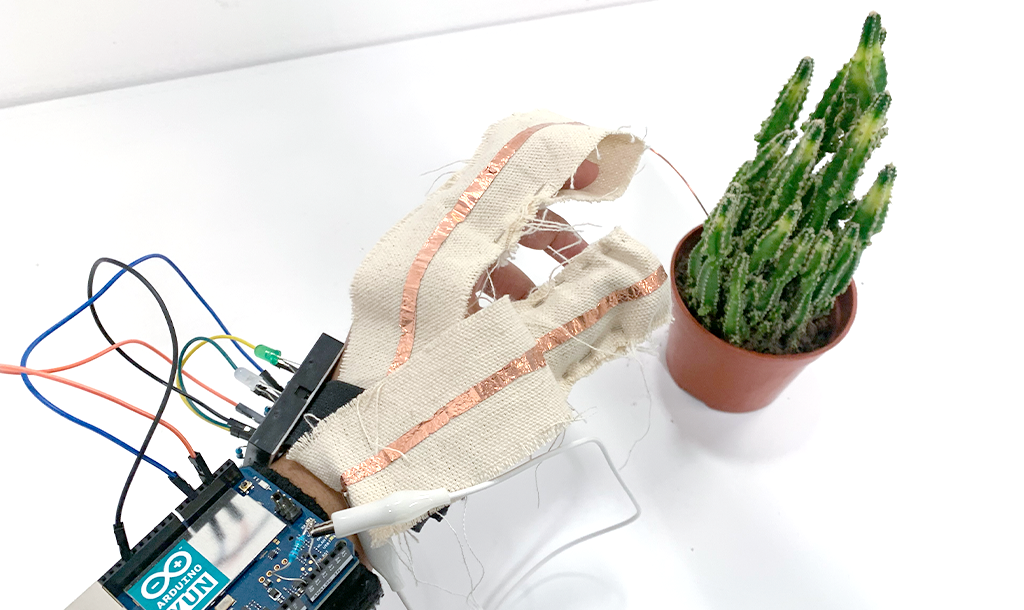
Reflecting
I guess my main problem is the fact that my primary sensor, the 1M resistor as a capacitive sensor, is so low fidelity that it captures a lot of external noise and is just not reliable all the time. For instance, it worked perfectly at my desk but when I took my contraption to show Andreas it was so janky!
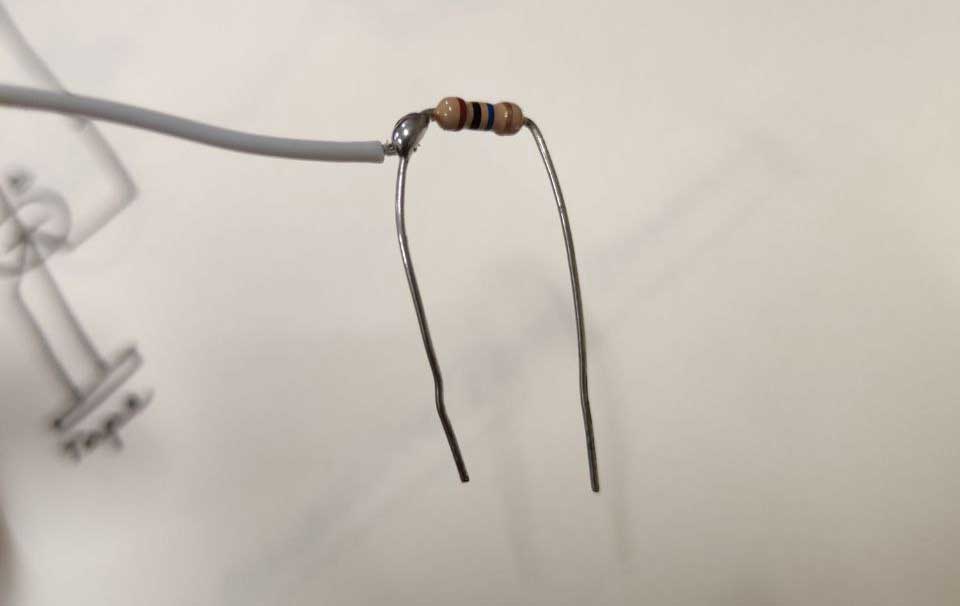
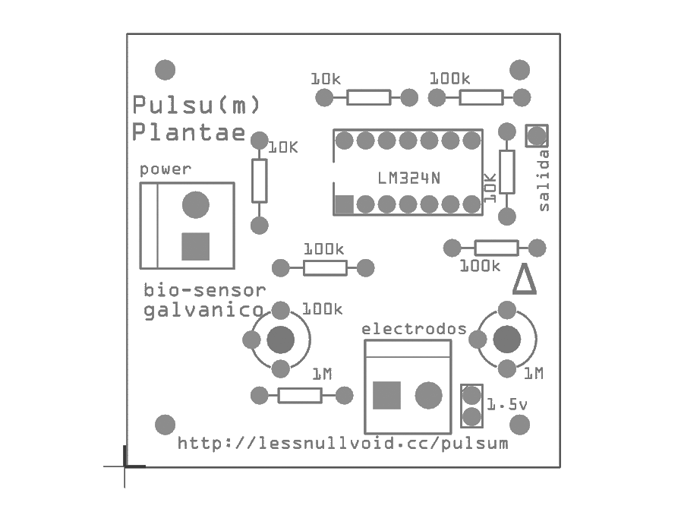
I did some research to try and see if I could eliminate some of that noise and I came across Pulsum Plantae, which seems to be a custom-made PCB with the LM324N at its core, which is a ‘Quad-Operational Amplifier’. I don’t totally understand what it does and how it works at the moment, and I don’t think I can figure it out this week. So, using this amplifier is a goal of mine in December: maybe I can create my own sensors (like i have been doing so far) but just much more effective and less noisy.
Apart from the noisiness of the resistor, I am also just so dead set on this one ‘touch-plant’ to ‘make-light-glow’ framework that I’m not playing with more interesting possibilities. There are so many more ways to actuate plant responses, like using serial connections to p5 (like I did before, successfully!) and creating cool animations, or even using the Axidraw, so why am I confining myself here?
On second thought, though, as I was building my repository website, I realised so many pre-existing Living Media Interfaces use screens as a method of output. That got me thinking: what new and valuable contribution would I be making, if this paradigm is already something covered? Something to think about.
Conducting Shapes, Conductive Prints by Dhiya
I attended a workshop by Dhiya at the make, shift space. The aim was to experiment with conductive inks, shapes and screen-printing to generate posters that could potentially have unique inputs and outputs.
I really enjoyed the workshop because we went through a variety of craft-making processes to end up with a circuit. By using conductive paint, we factor creativity into something otherwise technically complicated, like electrical circuits.
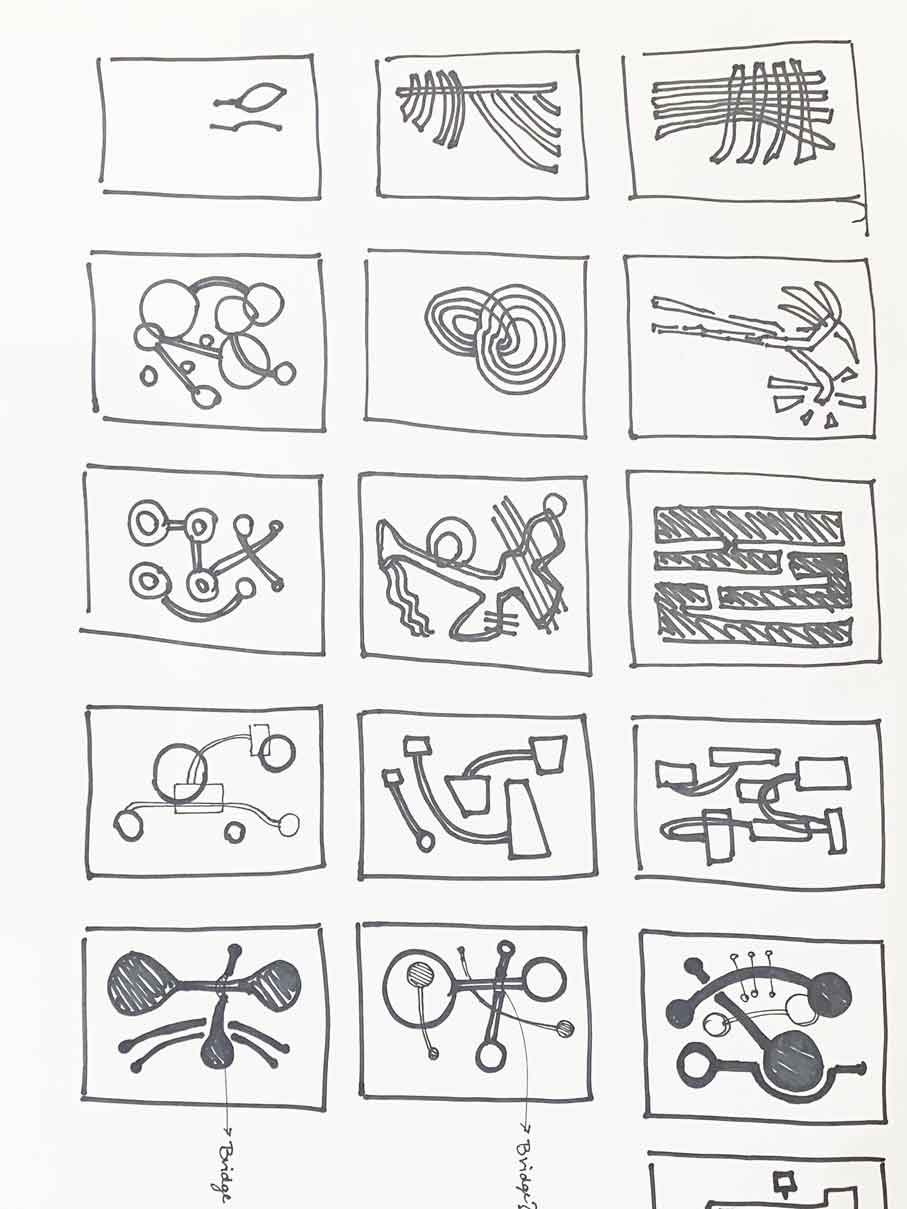
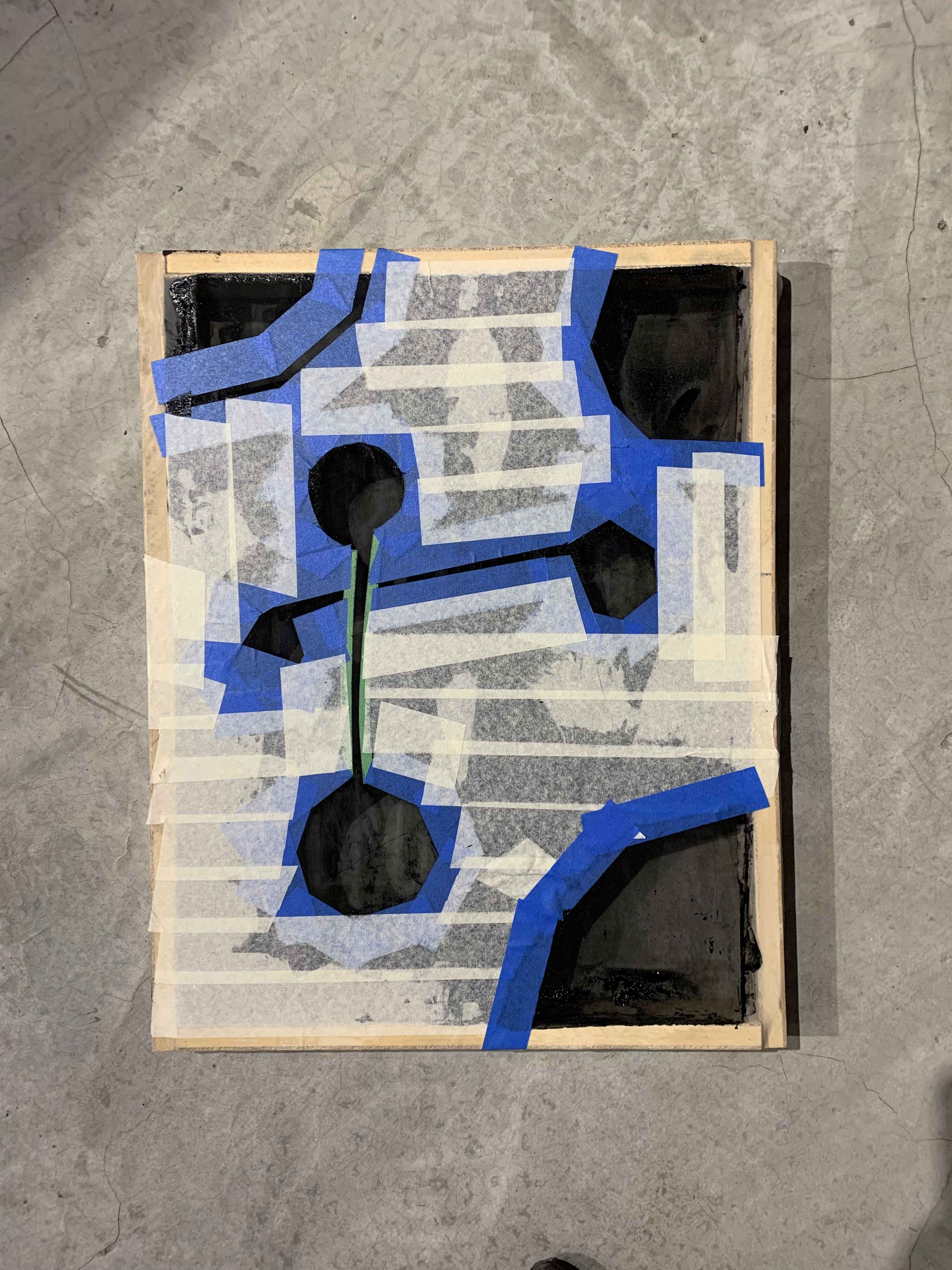
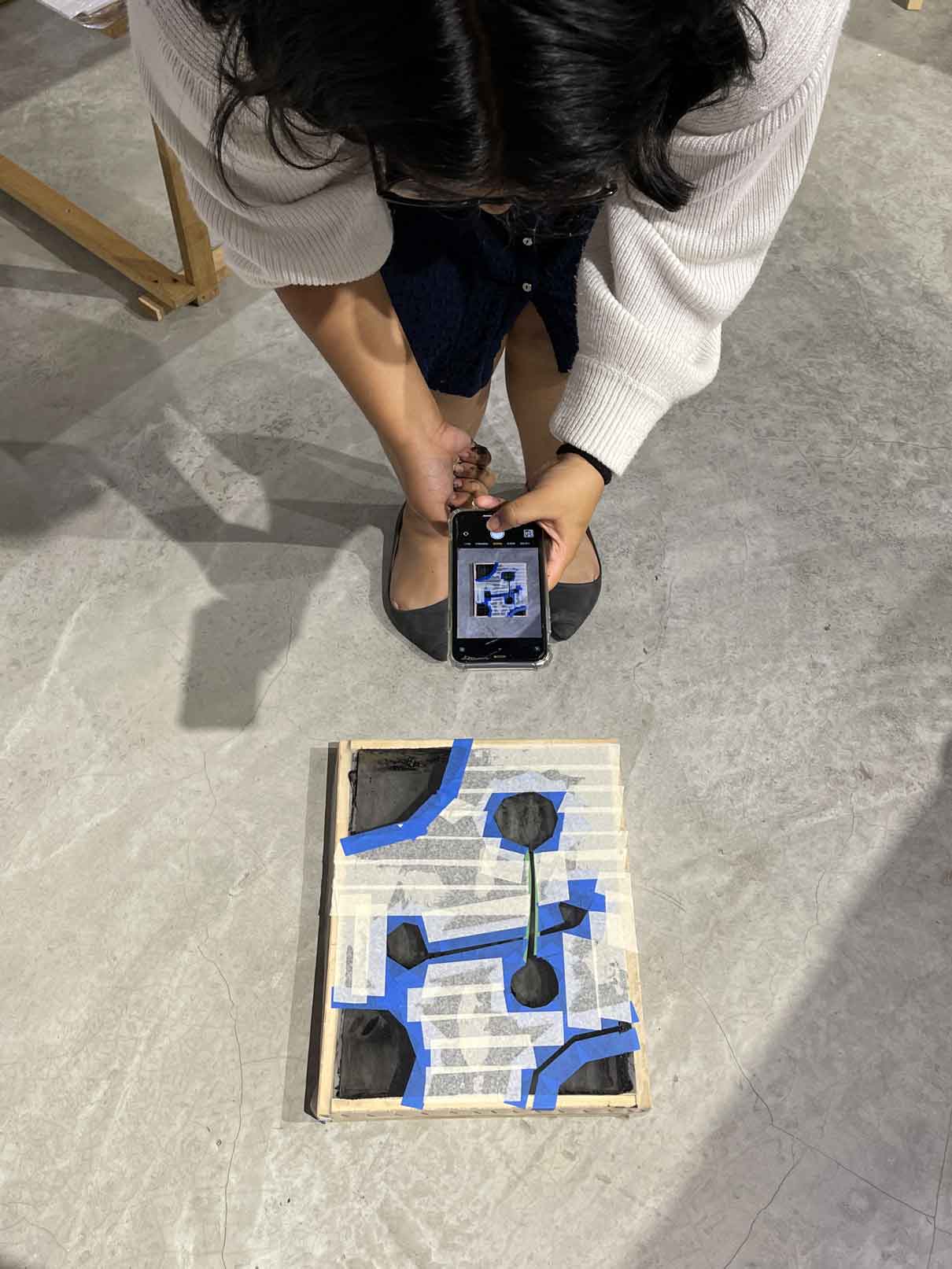
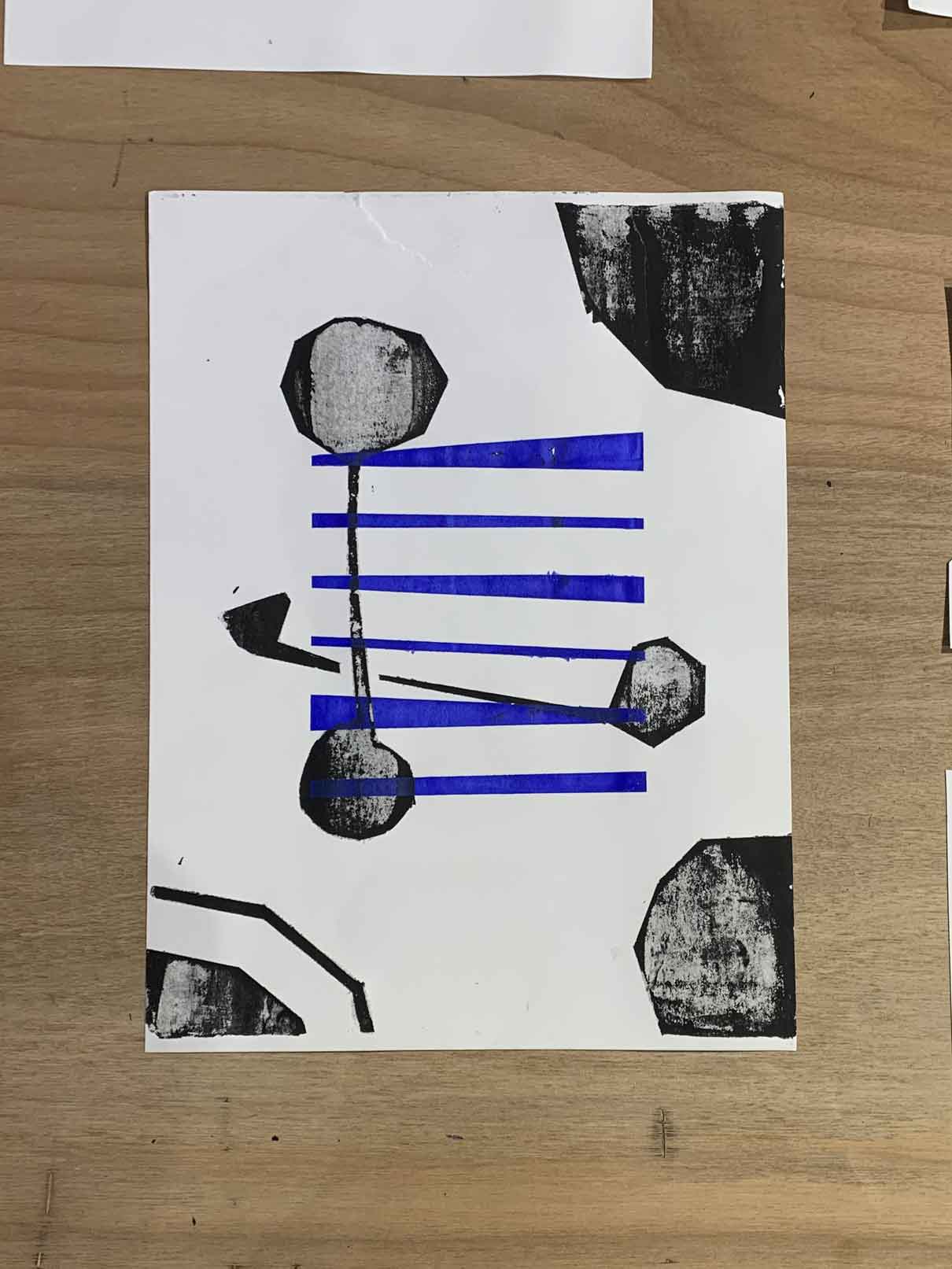
Our outcomes did end up being a little bit patchy because the BareConductive paint we used was quite granular in nature and did not pass through the silkscreen easily. Still, I think the patchiness adds texture :)
This workshop made me think about the image-making process a little bit more and how creative focus should be the priority.